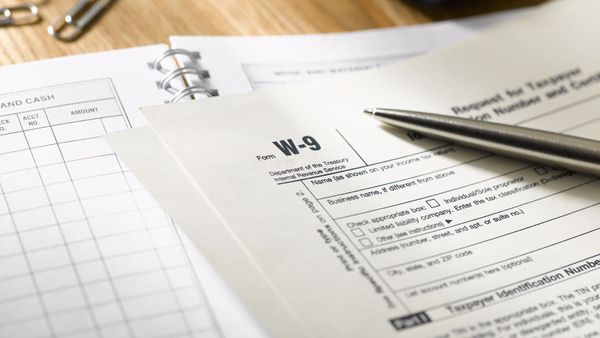
The 2017 Tax Cuts and Jobs Act promised to reduce the tax bill for most Americans by lowering income tax rates, introducing new deductions for business income, and significantly increasing the standard deduction and child tax credits. But some popular deductions were also eliminated starting in 2018, the most prominent being the personal exemption.
In the past, every taxpayer was allowed to automatically deduct $4,050 from his or her taxable income as a personal exemption. The same personal exemption could be claimed for a spouse and for each dependent child under 19 years old, plus full-time students between 19 and 23 years old.
Advertisement
To give an example, a married couple with three qualifying dependent children (12, 17 and a 21-year-old college student) could use the personal exemption to automatically deduct $20,250 ($4,050 x 5) from their taxable income under the old tax law. After the 2017 tax reform, every single penny of that deduction is now gone.
But don't panic. The good news is that for most taxpayers the loss of the personal exemption is more than compensated by an increase in other common deductions and credits. For example, the tax reform law nearly doubled the standard deduction for both single and joint filers. Now single filers can automatically deduct $12,000 from their taxable income and married couples can deduct $24,000. Heads of household can deduct $18,000.
Also, the child tax credit was doubled. So parents can now deduct $2,000 for each child who is 16 or younger. And that's a true tax credit, not a deduction, meaning that the amount is subtracted from what you owe to the IRS, not your taxable income. And most of it is refundable, meaning that the credit may not only erase your tax bill but result in a refund.
The Tax Foundation has a handy calculator for comparing your tax bill before and after tax reform and the loss of the personal exemption. You'll see that in all the pre-programmed scenarios (single with no kids, single with two kids, married with three kids, etc.) the families end up owing less to the IRS than before. But the calculator conveniently leaves out one group of people that could end up losing money.
That group is families with older kids. The loss of the personal exemption for each dependent child was supposed to be compensated by a doubling of the child tax credit. But the child tax credit is only for kids 16 or younger. So the 17 and 21-year-old from the above example not only lose their personal exemption, but they also don't qualify for a tax credit.
The Tax Foundation calculator doesn't let you enter the ages of dependents, so that loophole is hidden. According to analysis of the 2017 tax reform law by the Tax Policy Center, though, only 6 percent of Americans will see their tax burden go up under the new rules. The biggest winners, the organization reports, will be those in the "95th to 99th percentile of the income distribution," or the top bracket.
Advertisement

